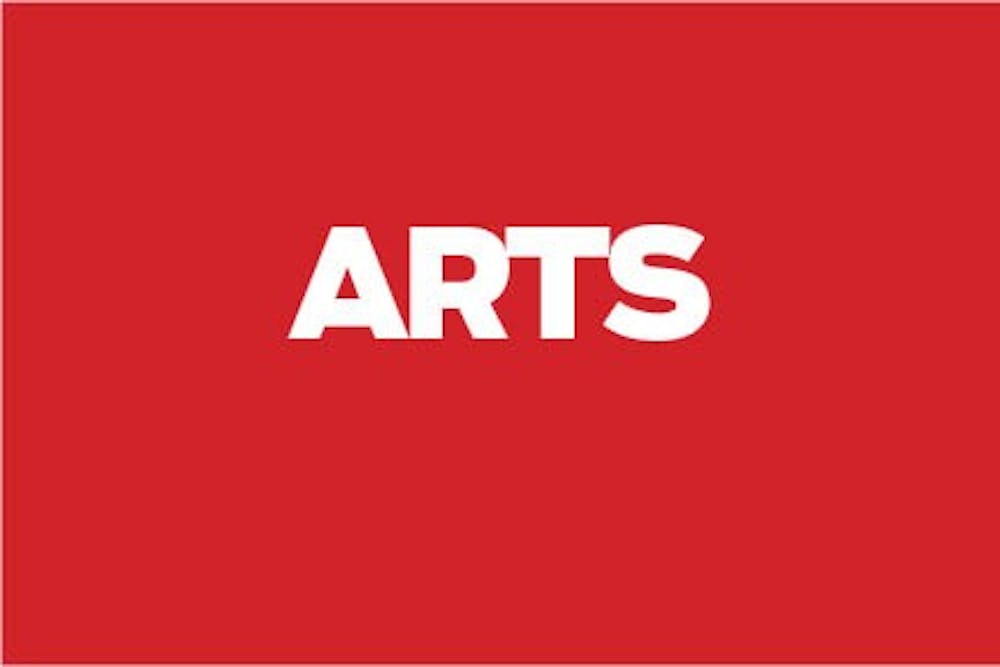Astronomer Dr. Travis Rector said he has loved photography throughout his life. Even before he began studying to become an astronomer, he was practicing the art.
On Friday, Rector gave a lecture to a group of students and staff in the Cyber infrastructure Building. Throughout the event, he talked about his images, how they are created and why they are important.
Developing these images of the universe started off as multiple small projects with the observatory, but Rector said as he began doing it more, he eventually was able to develop it into a career.
“If you do something once, it’s a favor,” Rector said. “If you do something twice, it’s a job.”
Rector said his prior photography experience helped him significantly when he began developing astronomical images for Kitt Peak National Observatory in Arizona.
He is now a professor of physics and astronomy at the University of Alaska Anchorage.
“It’s something I love, but it’s never something I would have guessed I would be doing,” Rector said. “I just got lucky.”
For the fall 2016 Themester, an initiative through the College of Arts and Sciences, the IU Department of Astronomy contributed to the theme of beauty with these astronomical images.
The purpose of creating these images is to visualize scientific results, demonstrate the new technology within the astronomical field and share with the world the visual aspects of the universe, Rector said.
Rector said another benefit from astronomical imagery is to be able to see the universe in ways eyes cannot see, even if the observer was closer to the galaxies and nebulae featured in his photographs.
Rector said the majority of what makes space up is illuminated by faint light from which the human eye cannot detect color.
In other words, a massive nebula may only look like a large black space to the naked eye.
“We think of our eyes as these great things, but they’re actually terrible at seeing light,” Rector said. “We’re very limited to what kind of light we can see.”
However, Rector said those who create astronomical images can use various color filters to create the commonly seen, brightly colored astronomical images.
Rector said he believes the biggest challenge in this process is to be able to translate the image from what the telescope sees, which contains multiple kinds of light and may appear cluttered, to something human eyes can better understand.
There are also scientific benefits to these images, Rector said.
Based on the colors the images produce, astronomers can determine the different types of temperatures present within the astronomical locations.
“In astronomy, blue actually means hot, and red means a cooler image,” Rector said.
Just like any other artist, Rector said each person regularly working with astronomical imagery has their own distinctive style. He said this is because of the different color filters used for images at different observatories.
“I can tell when someone is copying me based on the color and style of the image,” Rector said.
Samantha Brunker, an IU second-year graduate student in the Department of Astronomy, said she was very interested by Rector’s line of work and the concept of creating astronomical images.
She said she believes in a balance between science and art.
“In order to make an image that’s pretty, you don’t have to lose the scientific integrity of either,” Brunker said.
This balance is the basis for Rector’s work, he said. He said he believes art is capable of benefiting science and vice versa.
“People ask me about science versus art,” Rector said. “But I want you to understand that it’s actually science and art.”






